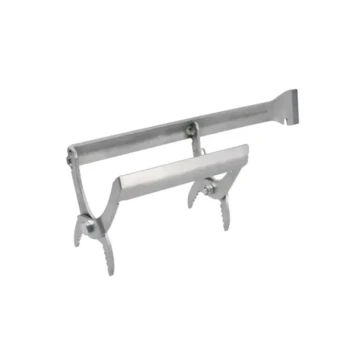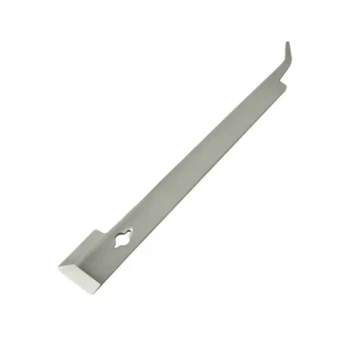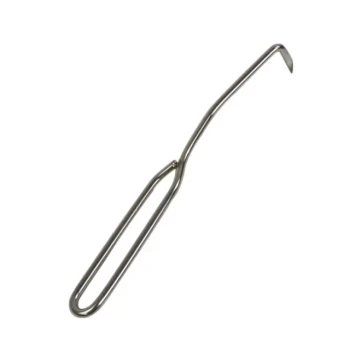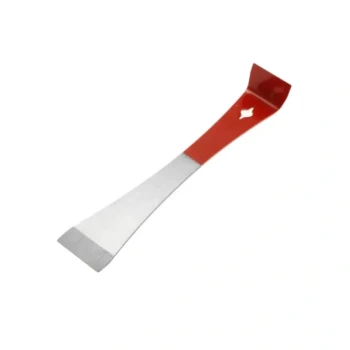The fate of your bees after a Varroa EasyCheck test depends entirely on the method you choose. If you use a liquid solution like winter-grade windshield washer fluid or rubbing alcohol for an "alcohol wash," the sample of bees will be killed and must be disposed of. However, if you use the CO2 injection method, the bees are only temporarily anesthetized and can be returned to the hive once they recover.
Mite monitoring is non-negotiable for modern beekeeping. While the most accurate test—the alcohol wash—requires sacrificing a small bee sample, this calculated loss is essential for gathering the reliable data needed to save the entire colony from a varroa mite infestation.
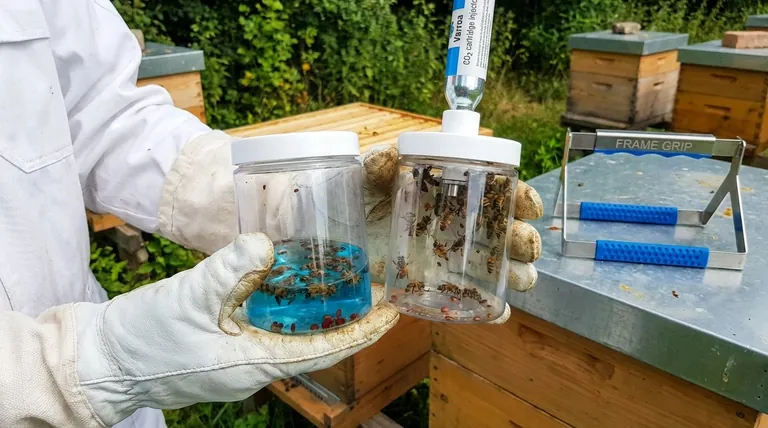
Two Methods, Two Different Outcomes
The Varroa EasyCheck tool is designed for two distinct mite-counting techniques. Understanding the process and outcome of each is key to managing your hives effectively.
The Alcohol Wash Method (Lethal)
In this method, a sample of approximately 300 bees is collected and submerged in a liquid solution, typically alcohol. The vigorous shaking dislodges the varroa mites from the bees' bodies.
This process is lethal. The bees cannot survive being submerged in alcohol and must be discarded after the count. This is a deliberate sacrifice.
The CO2 Injection Method (Non-Lethal)
This alternative uses carbon dioxide gas to anesthetize both the bees and the mites. The CO2 causes the mites to lose their grip and fall from the bees' bodies, allowing them to be counted.
After a few minutes, the bees will wake up from the anesthesia. They can then be safely returned to the entrance of their hive, where they will rejoin the colony.
Why the Sacrifice Can Be Justified
The idea of intentionally killing several hundred bees can be difficult for any beekeeper. However, the decision must be weighed against the far greater threat that varroa mites pose to the entire colony.
A Sample vs. The Colony
A healthy honey bee colony in peak season contains 40,000 to 60,000 bees. A 300-bee sample represents less than 1% of the colony's population.
Losing an entire colony to a varroa mite collapse is a far greater tragedy than the controlled loss of a small, statistically relevant sample. The data from that sample empowers you to intervene before it's too late.
Accuracy is Paramount
The alcohol wash is widely considered the gold standard for varroa mite testing due to its high accuracy. The alcohol dissolves the greasy film on the bees' and mites' pads, ensuring nearly every mite is dislodged and counted.
Inaccurate mite counts can lead to a false sense of security. A beekeeper might mistakenly believe their mite levels are low and decide not to treat, only to have the colony collapse weeks later from the hidden, rapidly growing mite population.
Understanding the Trade-offs
Choosing a monitoring method involves balancing the need for accuracy against the desire to preserve bee life. There is no single "best" answer, only the best choice for a specific situation.
Alcohol Wash: High Accuracy, Known Sacrifice
The primary benefit of the alcohol wash is its reliability. You get a clear, trustworthy number that enables confident treatment decisions. The trade-off is the ethical cost of sacrificing the bee sample.
CO2 Injection: Bee Preservation, Potential for Inaccuracy
The clear benefit of the CO2 method is that the bees in the sample are preserved. The trade-off is a potential reduction in accuracy, as some mites may not be dislodged by the gas alone. This can lead to an undercount of the true mite load in the hive.
Making the Right Choice for Your Goal
Your approach to mite testing should align with your management philosophy and risk tolerance.
- If your primary focus is maximum accuracy for treatment decisions: The alcohol wash is the most reliable method to protect the entire colony from a varroa collapse.
- If your primary focus is preserving every bee possible: The CO2 injection method allows you to monitor mites without sacrificing the sample, but be prepared to test more frequently to compensate for any potential inaccuracies.
Ultimately, proactive and consistent monitoring is the single most important action you can take to ensure the long-term health of your bees.
Summary Table:
| Method | Bee Outcome | Accuracy | Key Use Case |
|---|---|---|---|
| Alcohol Wash | Bees are sacrificed | High (Gold Standard) | Maximum accuracy for treatment decisions |
| CO2 Injection | Bees are anesthetized and recover | Moderate (Potential for undercount) | Preserving bee life with frequent monitoring |
Ensure your apiary's health with the right equipment.
Choosing the correct mite monitoring method is critical for protecting your investment. HONESTBEE supplies commercial apiaries and beekeeping equipment distributors with high-quality, reliable beekeeping supplies and equipment through our wholesale-focused operations.
We provide the tools you need for effective hive management, helping you make data-driven decisions to prevent colony collapse and maximize productivity.
Contact HONESTBEE today to discuss your wholesale needs and equip your operation for success.
Visual Guide
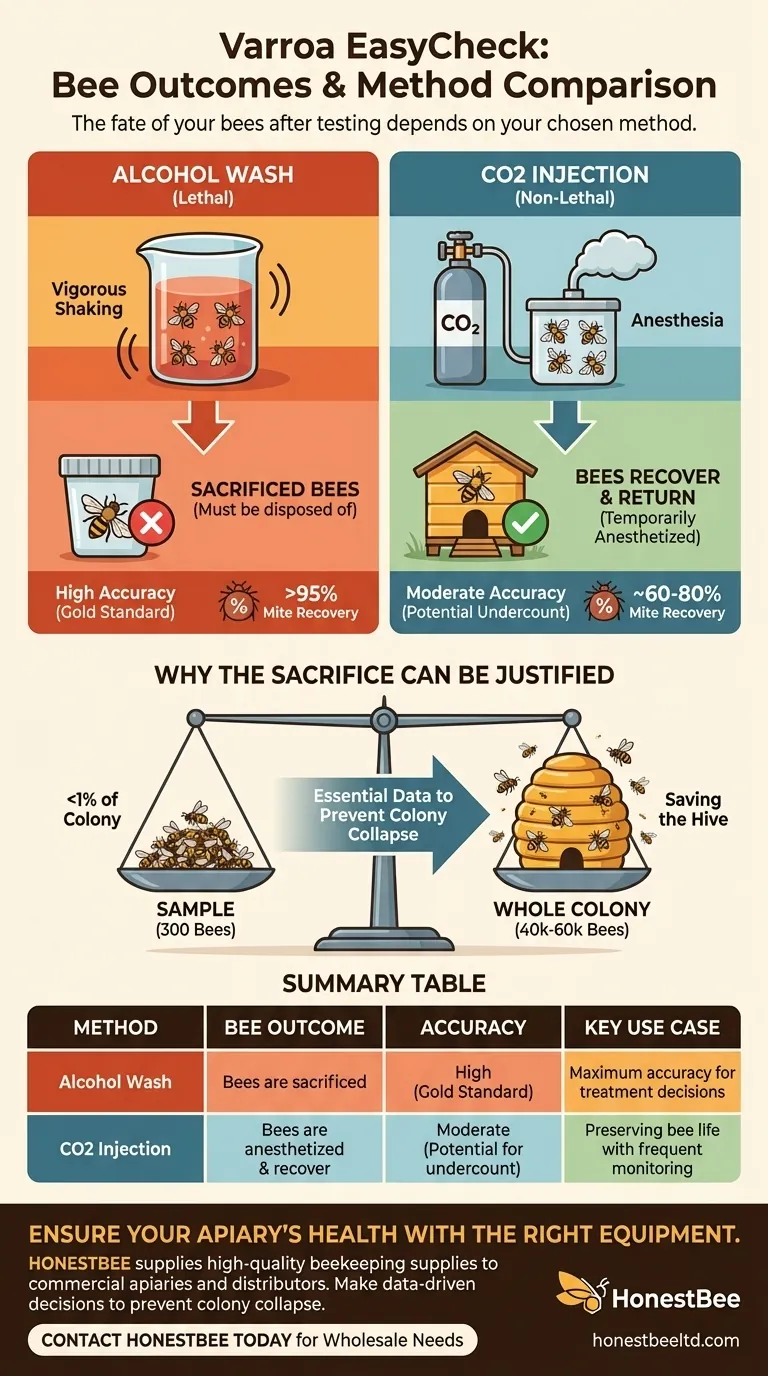
Related Products
- Professional 3-Bar Frame Grip with Integrated Hive Tool
- Professional Dual-End Stainless Steel Hive Tool for Beekeeping
- HONESTBEE Professional Mini J-Hook Hive Tool for Beekeeping
- Multi-Function Plier-Style Frame Grip Hive Tool
- Professional Multi-Function Stainless Steel Hive Tool
People Also Ask
- How do you use Frame Grips during hive inspections? Achieve Calmer, More Efficient Hive Inspections
- What should beginners consider when purchasing beekeeping equipment? A Guide to Essential Starter Gear
- What is required to be a beekeeper? Essential Equipment, Knowledge & Mindset
- How should Frame Grips be maintained after use? A Guide to Biosecurity and Tool Longevity
- What are the benefits of using Frame Grips in beekeeping? Boost Efficiency & Protect Your Hive



